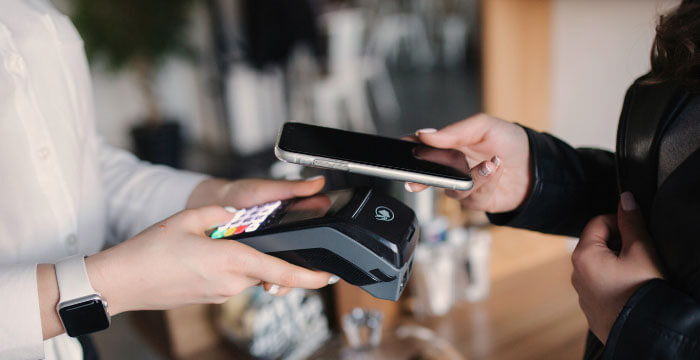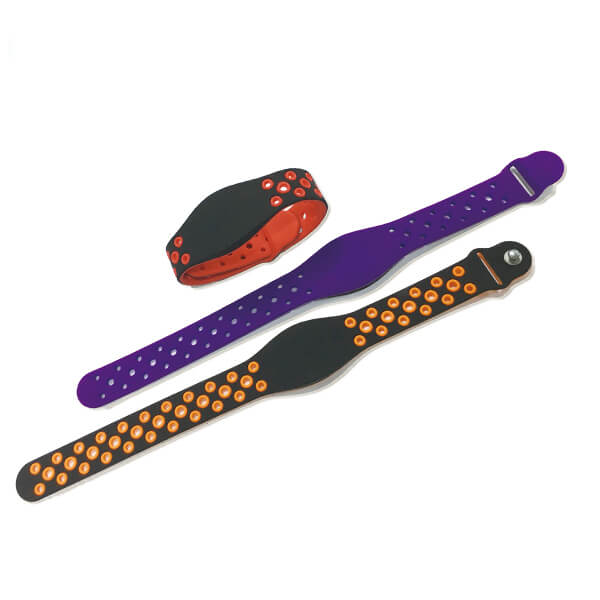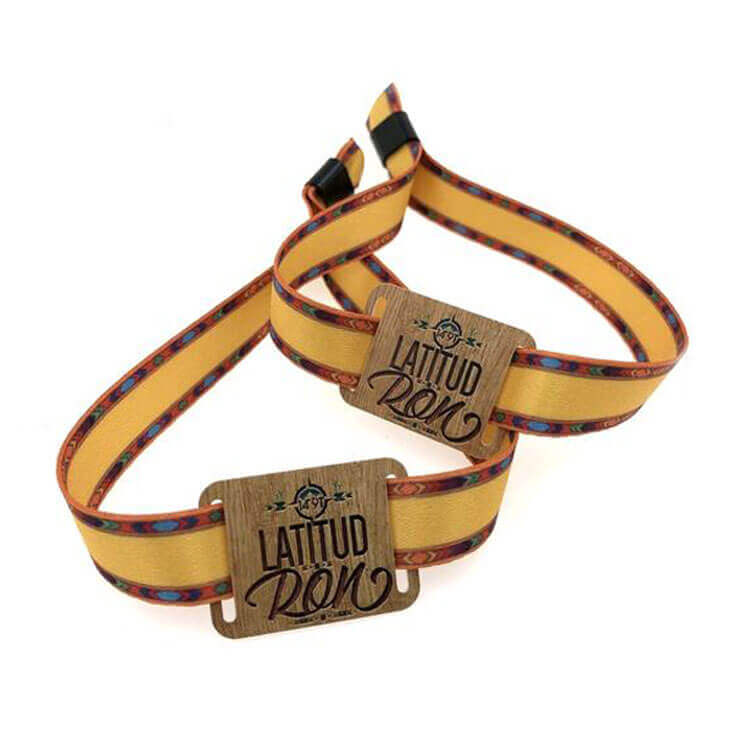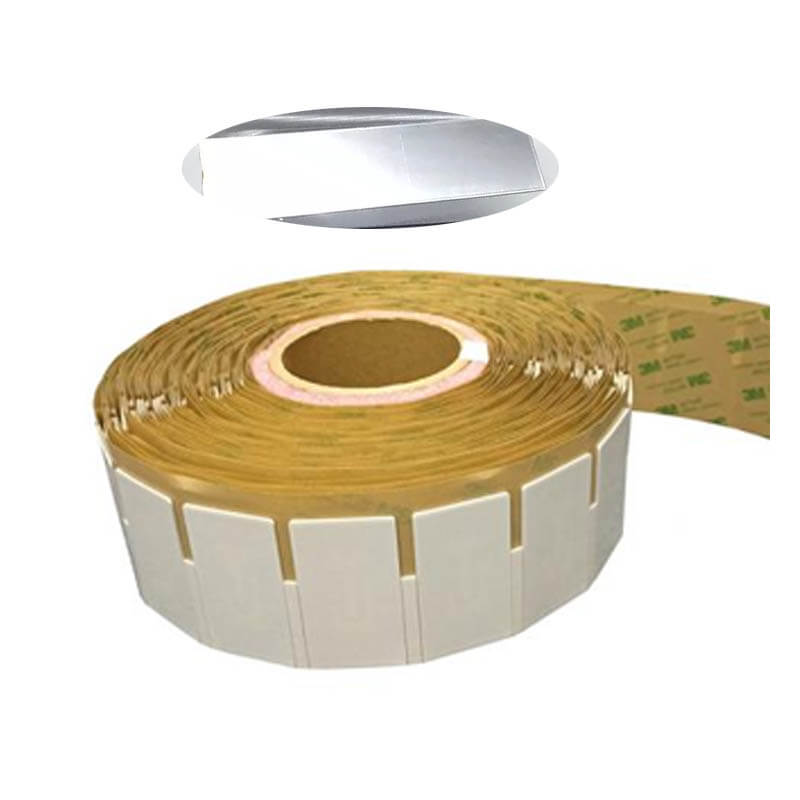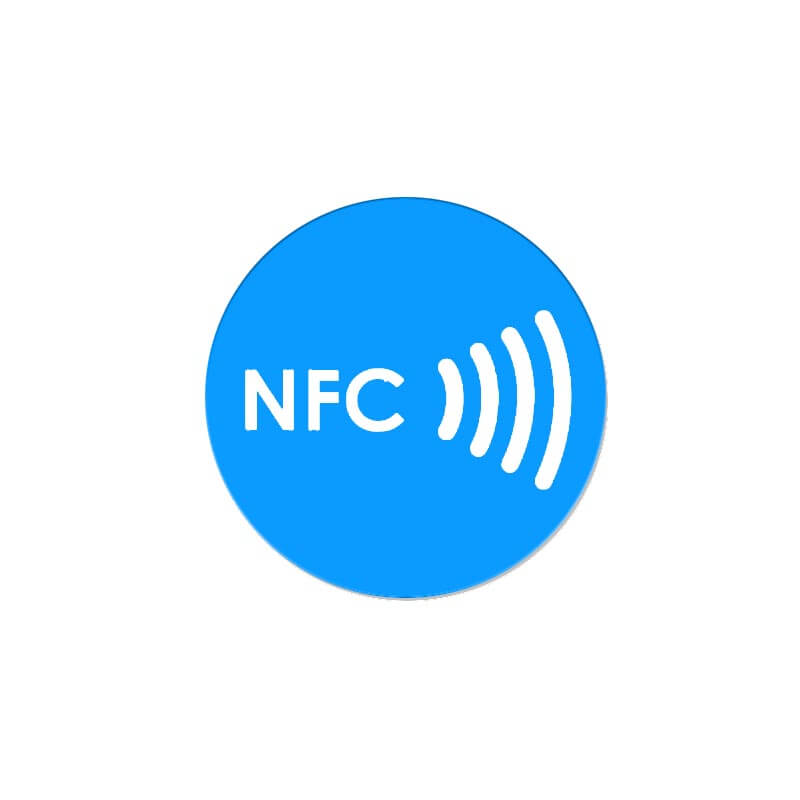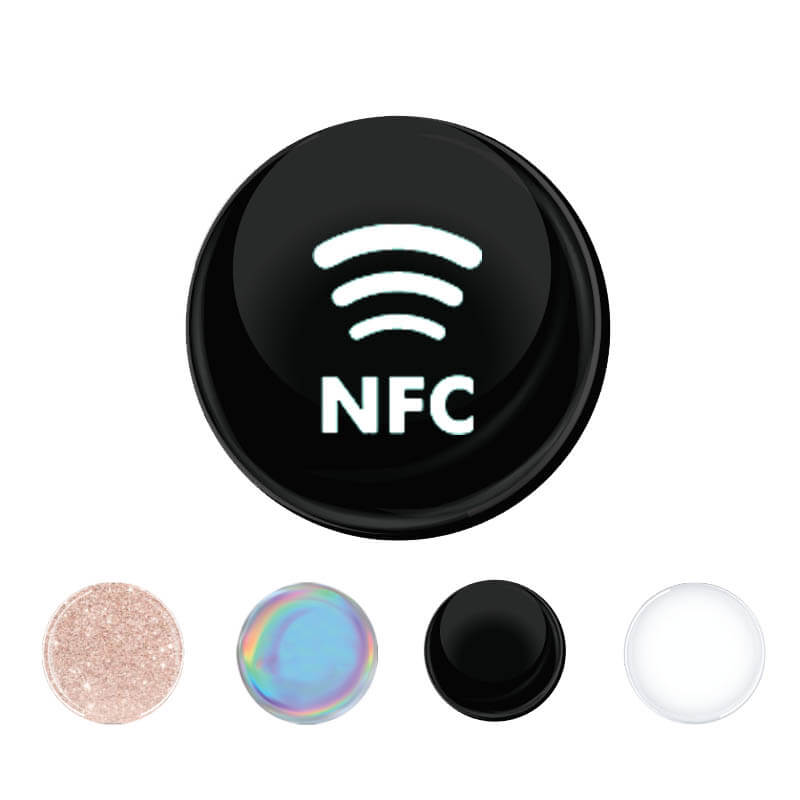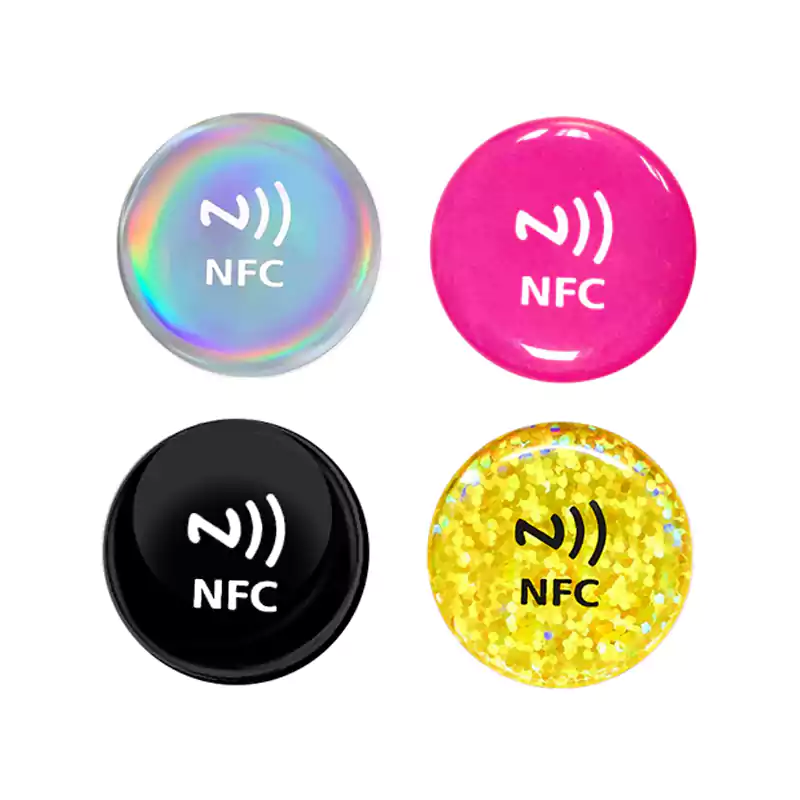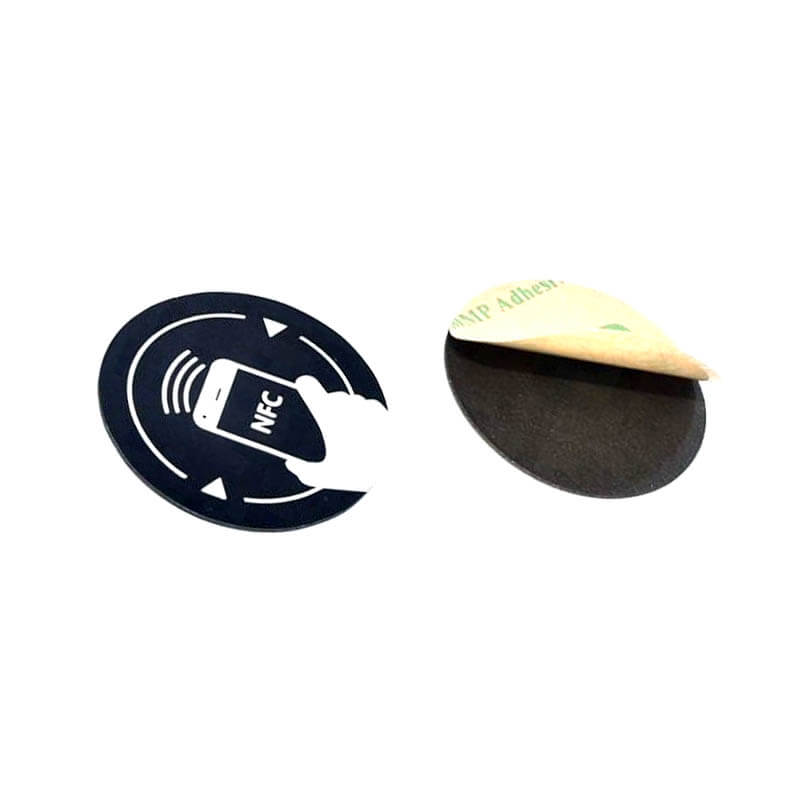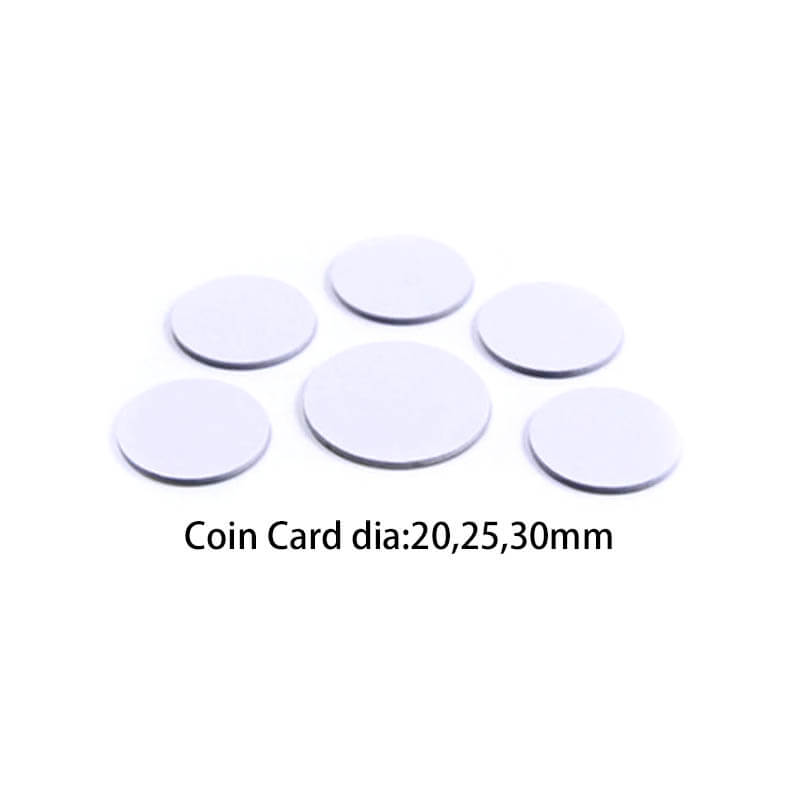NFC Payment is a service that allows you to make payments using your smartphone. To use NFC payment, you need an NFC-enabled device and an NFC payment app.
With NFC payment, you can tap to pay for purchases at participating stores, or make payments online or in apps. This way, you can leave your cash and cards at home and pay with your phone.
What is NFC?
NFC stands for “Near Field Communication”. It’s a short-range wireless technology that allows two devices, like your smartphone and a payment terminal, to communicate with each other when they’re close together.
It operates at 13.56 MHz and can transfer data at up to 424 kbps. It uses inductive coupling to create a magnetic field that can power NFC devices and enable them to communicate with each other. There are 3 main types of NFC communication, including:
- Reader NFC communication
- Peer-to-peer Communication
- Card emulation
However, the technology’s communication distance is only 4 inches (approximately 10 cm). As such, you need to tap or hold your device close to the NFC reader to complete a transaction.
How Does NFC Payment Work?
This payment method uses card emulation mode, which turns your phone into a virtual credit or debit card. When you’re ready to pay, you’ll just hold your device close to the NFC reader and follow the prompts on your screen. The process is similar to using a contactless card.
Your phone will communicate with the payment terminal wirelessly, and the transaction will be processed. Once it’s complete, you’ll receive a confirmation on your screen and/or a receipt.
NFC payment is a secure way to pay. Every transaction is encrypted, and your personal information is safe. In addition, you can use NFC payment with a PIN or biometric authentication, like fingerprint or face ID, for an extra layer of security.
For example, when you use Apple Pay or Google Pay at a store, your phone is in Card Emulation mode. When you activate Apple Pay or Google Pay, your phone’s NFC chip is used to generate a unique token/Device Account Number (DAN). The DAN is then stored in the Secure Element (SE), which is a chip that stores sensitive information.
Your DAN is masked with a token, so it can’t be used to identify you. When you hold your phone close to the NFC reader, the token is passed to the merchant’s payment processor. The processor then uses the DAN to route the transaction through your financial institution.
Your financial institution will then approve or decline the transaction based on your account history and available funds. Once the transaction is approved, it’s processed and you’ll receive a confirmation on your screen.
MIFARE Contactless Payment Cards
While MIFARE Cards are classified as RFID Cards, they use a different technology called contactless smart cards. MIFARE Cards are based on the ISO/IEC 14443 standard and can be used for a variety of applications, including payment.
Even better, these cards use high-frequency (13.5 MHz) NFC to communicate with NFC-enabled devices. As such, they can be used for contactless payment, just like NFC payment.
Unlike mobile phone payment (which uses card emulation), this technology uses Reader NFC communication. When you hold your MIFARE Card close to the NFC reader, it will communicate with the card and process the transaction.
MIFARE Cards are a secure way to pay. They use encryption and access control mechanisms to prevent unauthorized access and protect your data. In addition, these cards can be used with a Password or biometric security feature, ensuring only authorized users can make payments.
One of the benefits of MIFARE Cards is that they’re accepted at a wide range of terminals. In fact, over one billion transponders are using MIFARE ICs globally. This widespread adoption means you’re likely to be able to use your MIFARE Card for payment, no matter where you are.
What are the Benefits of NFC Payment?
NFC payment is a revolutionary technology designed to make your life easier. With it, you can leave your wallet at home and pay with your phone.
Millions of stores around the world accept NFC payment, and you can use it for everyday purchases, like groceries or coffee. In addition, you can use NFC payment to pay for public transportation, taxis, and parking.
Here are a few other benefits of NFC payment:
- Fast & Convenient. There’s no need to fumble around for cash or cards since you can make all your payments using your phone or NFC cards. This is especially helpful if you’re in a hurry.
- Widely Accepted. You can use NFC wristband/ NFC keyfobs at millions of stores around the world. And, more businesses are beginning to accept NFC payments every day.
- Secure. NFC payment integrates high-level security features to protect your data. Before any transaction is approved, a cascade of security checks is performed. This ensures that only authorized users can make payments.
- Easy to Use. NFC payment is designed for simplicity and doesn’t require high-tech equipment or special skills. You can start using NFC payment with just a few taps on your phone.
Additionally, small businesses can benefit from NFC payment in several ways. For example, NFC payment can help you streamline your check-out process and reduce costs associated with traditional payment methods, like cash and checks.
NFC payment is also more secure than other methods, like magstripe cards. This is because NFC payment uses dynamic data, which is harder to counterfeit. As a result, you can enjoy peace of mind knowing that your payments are secure.
Are There Any Disadvantages to NFC Payment?
NFC payment is a secure and convenient way to pay. However, there are a few disadvantages to consider:
- NFC Range. NFC payment only works within a short range, typically four inches or less. This means you need to be close to the terminal to make a payment.
- Limited Compatibility. Not all phones are NFC-enabled. In addition, some phones may not work with certain terminals. As such, it’s important to check compatibility before using NFC payment.
- Security Risks. Although NFC payment is more secure than other methods, like magstripe cards, it’s not foolproof. NFC data can be intercepted if you’re not careful. As such, it’s important to take precautions to protect your data.
Despite these disadvantages, NFC payment is a fast, convenient, and secure way to pay. And, as more businesses adopt NFC technology, the disadvantages are likely to lessen.
Related articles:
- What is the NDEF format?
- How to Program NFC Tags– Android and iOS
- The Reason Why Everyone Love NFC Wristband
- How to Create Your Own Amiibo Card in 3 Simple Steps
- 26 Thoughts About Nfc Tags Uses That Will Turn Your World Upside Down
- NFC Tags: Your Ultimate Guide
- How to use NFC on Iphone?
- 5 NFC Forum Tags Tyeps You Need to Know
- How to Program NFC Tags to Connect to Wi-Fi?
- 6 Outstanding NFC Payment Apps for Android


